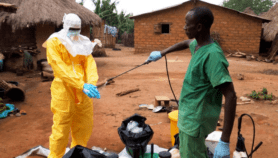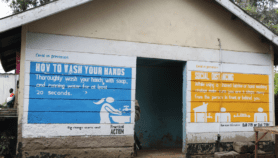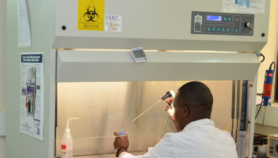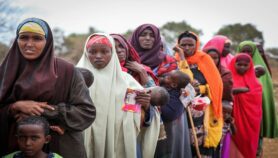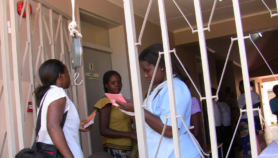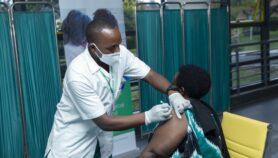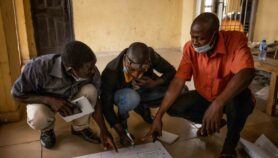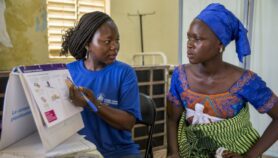12/02/21
COVID-19, flooding exacerbate crisis in Kenya
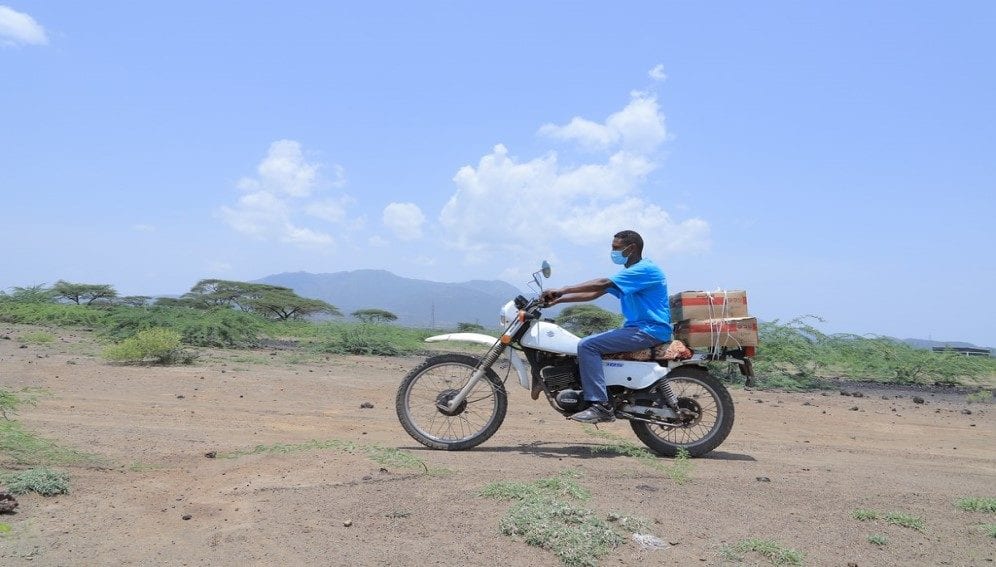
By: Scovian Lillian
Send to a friend
The details you provide on this page will not be used to send unsolicited email, and will not be sold to a 3rd party. See privacy policy.
[NAIROBI] COVID-19 and slow economic recovery from disasters such as massive floods have deteriorated into a humanitarian crisis in Kenya, making the need to address their impacts on women and children urgent, says a report by the United Nations International Children’s Fund (UNICEF).
The January report says that over 531,000 children aged six to 59 months need treatment for acute malnutrition.
The UN body now needs US$32.7 million to address critical requirements of women and children in Kenya in 2021 through implementation of life-saving and protective interventions such as ensuring food security for them and the coordination of local and international humanitarian efforts.
“Pandemic containment measures have left nearly 53 per cent of children living in multi-dimensional poverty in 2020, with mandatory school closures due to the pandemic affecting more than 17 million children,” says Nicholas Wasunna, Kenya’s chief field operations at UNICEF. “Over 300,000 children, adolescents, and pregnant women living with HIV require uninterrupted access to life-saving treatment in the COVID-19 context.”
“Although schools re-opened in January 2021, there is limited capacity to implement COVID-19 safety measures in refugee camps and schools.”
Nicholas Wasunna, UNICEF, Kenya
Women and children have been impacted more by the lack of access to basic services such as medical care, Wasunna tells SciDev.Net.
“The strong rainy season that took place between March and May 2020 resulted in massive flooding and landslides that affected 233,000 people and left 116,000 displaced,” says the UNICEF report. “The below average rainfall forecasted for …early 2021 due to La Niña are expected to drive food insecurity, increase water scarcity and give rise to disease outbreaks.”
Refugee camps and urban informal settlements in three Kenyan cities — Nairobi, Mombasa, and Kisumu — have severely suffered the consequences of the pandemic.
Wasunna tells SciDev.Net: “Although schools re-opened in January 2021, there is limited capacity to implement COVID-19 safety measures in refugee camps and schools, with families unable to afford adequate supplies such as masks and soap”.
As of last week (7 February), COVID-19 had led to 1,776 deaths out of 101,690 cases in Kenya, says the World Health Organization.

Jedidah Wakonyo, a Nairobi-based human rights lawyer, tells SciDev.Net that the report provides a good basis to respond to the urgent needs of the special groups with sensitivity and sustainable strategy.
“I see the continued negative impact of COVID-19 highly visible until 2024 as humanity learns to cope, manage and outwit the virus,” she says.
Lilian Dodzo, national director of World Vision Kenya, says that the UNICEF report represents a clear situation of children’s needs in Kenya.
“There is a critical need for increased public investments on the programmes and projects that address the needs of children,” she says.
Elizabeth Juma, a resident of Kibra slums in Nairobi, says that 2020 was the toughest year due to COVID-19: “I had come back from my leave and I was told that everybody was getting fired. I was given my termination letter and I signed it. I am currently doing a small business of selling potatoes to sustain myself.”
*Wasunna says that harmful practices such as child labour and early marriages are exacerbating the situation given that 54 per cent of Kenya’s 508,033 refugees and asylum seekers are children.



Uganda, which hosts more refugees than any other African country, is also reeling from the negative impacts of COVID-19, with the UN World Food Programme warning last December that the 1.26 million refugees in Uganda would from this month get only 60 per cent of their monthly food rations because of funding shortfall.
According to Wasunna, UNICEF is helping to address the crisis by providing critical vaccines for preventing childhood diseases, water, financial resources, remote learning opportunities for children and technical expertise in humanitarian action to the Kenyan government.
*Correction
*An earlier version of this article indicated that Kenya had over 498,000 refugees and asylum seekers as was said by the news source interviewed. We have established that Kenya has 508,033 registered refugees and asylum seekers as of 31 January, 2021. This was corrected on 16/02/2021.
This piece was produced by SciDev.Net’s Sub-Saharan Africa English desk.
References
UNICEF Humanitarian action for children (January 2021)


